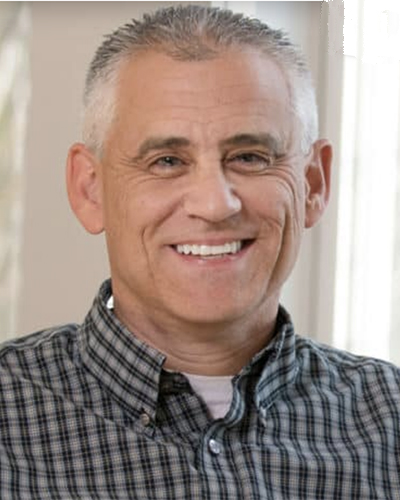
Installing solar arrays on closed landfills sounds like a great idea, right? Introducing a beneficial reuse for an environmentally impacted property, especially a municipally owned abandoned lot for which there are few other valuable reuse options, seems like a practical solution all around.
However, as is often the case in life, what sounds great in theory is not always as sensible in practice.
Landfills are designed to minimize land area and maximize the ability to accept trash. To accomplish this, landfills fill vertically, which results in steep slopes and very little “flat” area on top. Most landfills are constructed with very steep slopes of 25-33%. Comparatively, if you’ve ever driven the Kancamagus Hwy., its steepest slope is only 7%. This presents the first issue with constructing solar on landfill sites: solar panels need to be installed on surfaces with less than 10% slope.
In addition to slope requirements, the most efficient layout for solar arrays is placing them in long rows. These long rows of solar panels consist of table assemblies supported by steel racks or “legs” that are driven into the ground to prevent uplift from wind and downward pressure from the weight of the solar panel system and snow loads. When a landfill reaches its design capacity and is closed, an impermeable protective cap made up of soil and/or synthetic plastic lining is placed over its surface to shed precipitation. This impermeable layer would be perforated by the installation of traditional solar foundation legs, and therefore solar panel foundations on landfills must be constructed using specialized ballast – like concrete or rock filled baskets – that lay on the ground’s surface. These “landfill foundations” are significantly more complex and costlier to construct.
Furthermore, since most landfill caps are permitted by the New Hampshire Department of Environmental Services (NHDES) Solid Waste Bureau, in order to make any modifications to a landfill, solar developers must file a “Modification Permit” which requires a complete analysis of the foundation loads on the cap. This analysis is required to prevent differential settlement of the cap system and to demonstrate that the arrays will not slide off the side of the landfill. Additionally, solar developers need to demonstrate that the application of impervious solar panels will not adversely affect the landfill cap by introducing higher stormwater runoff rates that would cause erosion of the landfill surface. In short, these analyses often reveal that steep landfill slopes will not adequately support solar arrays.
If slope and foundation hurdles aren’t enough to deter a solar developer from pursuing a landfill location, further requirements for the actual construction just might. Developers must analyze and ensure that the weight of construction equipment driving over the landfill cap during installation of solar arrays does not adversely impact the impervious cap material. If that can’t be assured, then it’s “lights out” (quite literally) for construction of the solar array. Even the wiring between panels poses an issue: it must be run above ground instead of buried like a typical array, in order to avoid penetrations into the cap liner system. This specialized wiring adds additional costs and complexity to overall maintenance of the system after it is built.
Speaking of wiring, all solar projects–regardless of whether or not they are located on a landfill–must be located in close proximity to a 3-phase electrical distribution line. This allows the solar panel system to be connected to an electrical substation that has the capacity to allow additional load. Many of our municipal landfills are located in more rural areas that lack available nearby utility infrastructure required to connect solar arrays to the electrical grid.
Recognizing that a solar project has to produce enough power to offset all of these additional costs for engineering, construction, and interconnection, it is easy to see how, although placing solar on our landfills may seem like a great concept, the multitude of constraints can (and often do) kill these highly specialized projects.
Chris Nadeau, PE, is the director of commercial services, Nobis Group, Concord, N.H.







